The Camino Portuguese is one of the most popular routes among pilgrims. The medium to low level of difficulty, the good connections – especially with Porto and Lisbon – and a network of good accommodations help thousands of pilgrims walk this Camino to Santiago de Compostela every year. The Camino Portuguese itineraries – or Caminho Português in Portuguese – start in Portugal. Most pilgrims take their first steps in Porto. One only starts in Lisbon. They have one thing in common: they all walk or cycle to Santiago de Compostela. From Porto you have a number of options. Are you going for the central route, the coastal route or the spiritual? The central pilgrimage route is the most traveled. This is the oldest pilgrimage route in Portugal.
The Best of Both Worlds: A Fusion of Portuguese and Spanish Experiences
The Camino Portuguese stands out as a favorite among many, second only to the Camino Francés in its popularity as a pilgrimage route to Santiago de Compostela. This path is celebrated for its unique blend of Portuguese and Spanish cultures, offering an immersive experience into the heart of each country.
As you journey through, you’ll be greeted with a tapestry of local flavors and sights. The route is well-marked and equipped with excellent facilities, easing your journey. In Portugal, indulge in the sweetness of the famous Pastel de Nata. As you cross into Spain, savor the rich taste of ‘pulpo’, a traditional Spanish delicacy. This Camino not only connects two countries but also allows you to deeply experience the distinct essence of each, creating a truly memorable pilgrimage.
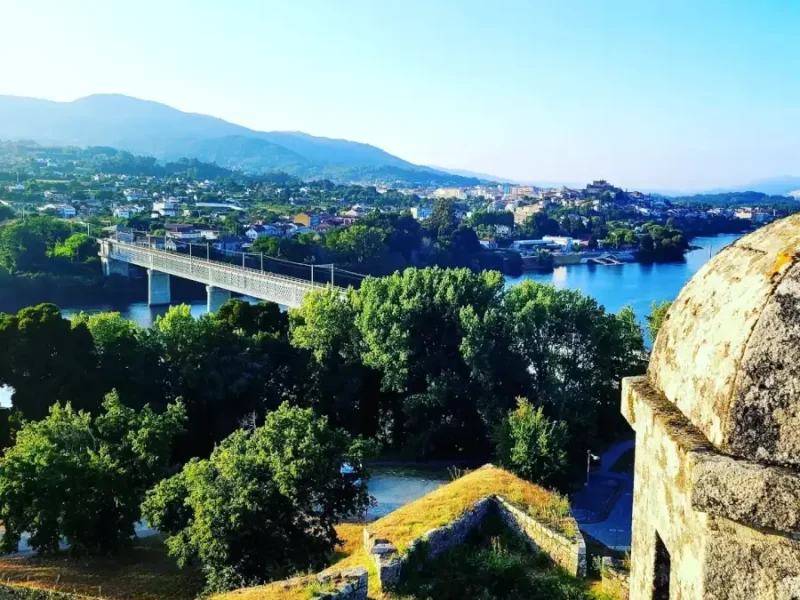
Things to see along the Camino Portugues
The Camino Portugues is more than just a pilgrimage route; it’s a journey through a landscape rich with unique sights and experiences. To help you fully appreciate the splendor of this path, here are key highlights and useful resources:
- A Journey of Discovery: Explore the numerous attractions that define the Camino Portugues, each adding to the route’s distinctive charm.
- A Guide to Your Path: Correos, the national postal service of Spain, has crafted a detailed map to guide you along two main variants of this route. This includes the traditional inland route starting from Tui and the scenic coastal route beginning at A Guarda, as well as the spiritual Camino Espiritual variant.
- Easy Access to Information: To enhance your experience, you can easily download this comprehensive map here. It serves as an invaluable tool for both first-time and experienced pilgrims, ensuring you don’t miss out on any of the route’s treasures.
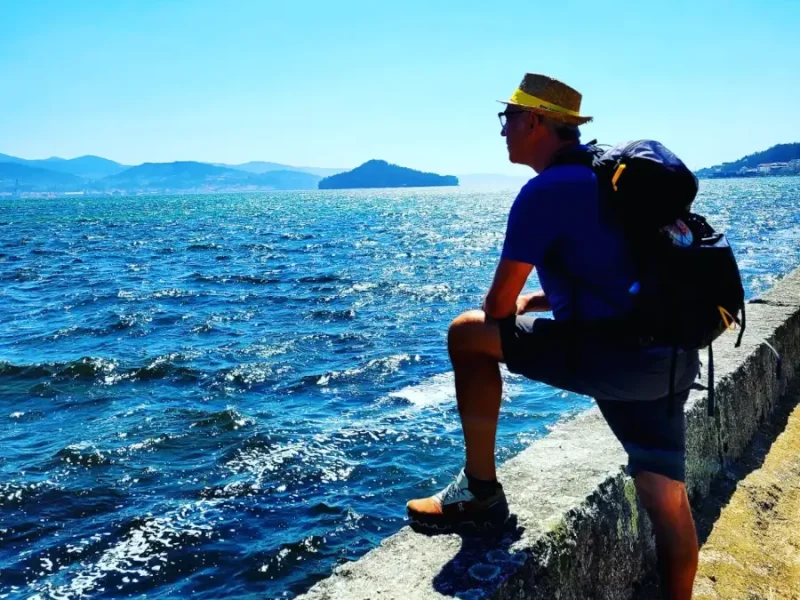
Are you going to discover the Camino Portuguese?
If you have chosen to walk the from Tui, there are a few essentials you shouldn’t miss. Even if you don’t have much time, don’t start your Camino without strolling through the historic center and visiting the Cathedral of Santa María, an authentic icon of the Portuguese Camino.
Arriving at O ??Porriño, enjoy the architectural legacy of Antonio Palacios, including the City Hall building and the temple that was the metro entrance on Madrid’s Gran Vía.
Be sure to make a stop in Mos to visit the Pazo de los Marqueses de Mos and in Redondela be surprised by the railway viaducts and go to the bay of San Simón, where you can enjoy a unique panoramic view of the mouth of the Vigo.
Enjoy seafood at Arcade and relive the War of Independence at Ponte Sampaio, where you can marvel at the medieval bridge of Roman origin. Discover the historic center of Pontevedra, stroll through its squares and visit the Church of La Peregrina, patron saint of the city and of the Portuguese Way.
If you choose the Camino Espiritual, visit the beautiful monasteries of Poio and Armenteira, enjoy the Pedra e da Auga path and get to know the cultural and natural heritage of Vilanova de Arousa and A Illa.
About the Camino Espiritual
The Camino Spiritual, a variant of the Camino Portuguese, starts in the city of Pontevedra and runs for two stages through the beautiful region of O Salnés. Pilgrims on this route can recreate by sea the journey of the remains of the Apostle St. James, sailing through the waters of the Arousa Estuary.
The Camino Spiritual is the ideal route to live a unique experience on the Camino de Santiago, away from the crowds. A trip in which you will have the opportunity to discover beautiful fishing villages of the Rías Baixas, beautiful coastal landscapes and excellent gastronomy based on fish and seafood. You can also enjoy a pleasant sea and river crossing that aims to recreate the arrival in Galicia of the body of the Apostle Saint James after his martyrdom in Jerusalem.
But in addition to the sea experience, on this variant you will discover beautiful monuments and landscapes, such as the Monastery of Armenteira or the route of A Piedra y Aqua, a beautiful stretch of 8 km characterized by the presence of dozens of water mills surrounded by dense vegetation.
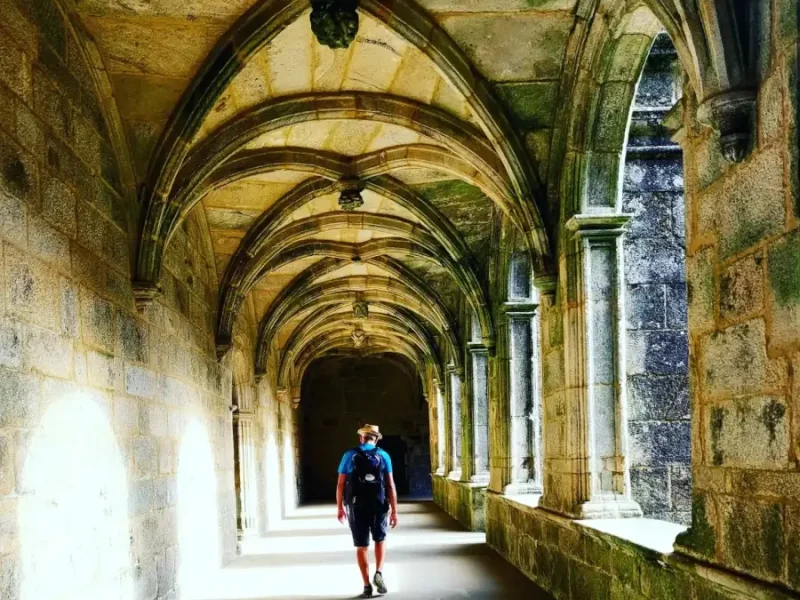
Eat & drink
If your Camino Portuguese takes you to Caldas de Rei, do not hesitate to enjoy the spas of this thermal city and go to the As Burgas spring with hot and cold water that will help you recover your muscles after a tough walking day.
In Padrón, enjoy the Paseo del Espolón and visit the Church of Santiago where you can see the Pedrón, a Roman altar where the boat that brought the remains of the apostle from Palestine was moored. Don’t leave the city without trying one of the most universal delicacies: the peppers.
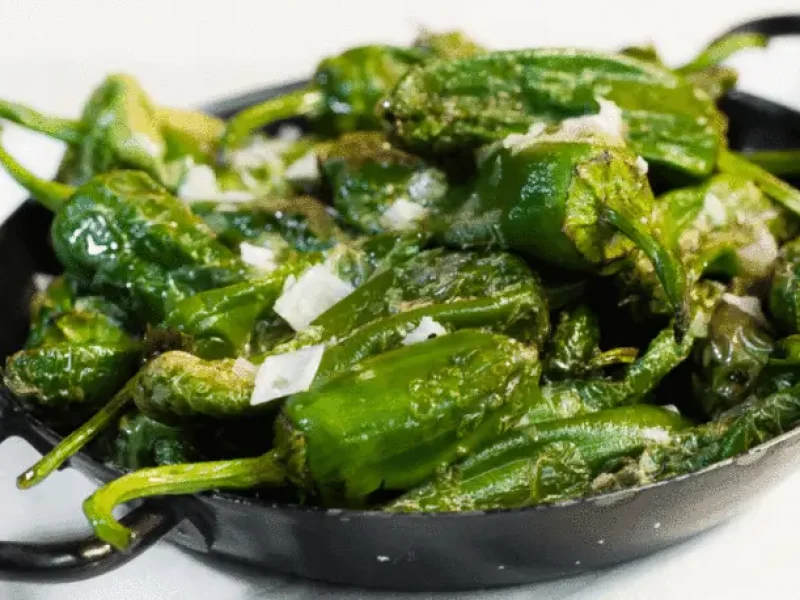
Camino Portuguese along the coast
And what happens if I have decided to walk the Camino Portuguese along the coast? Don’t worry, because there are plenty of things to see there too.
In Guarda you will visit Mount Santa Trega and its Celtic settlement before departure. Don’t leave without enjoying the gastronomy in the port.
Let the Atlantic Ocean accompany you along the way and enjoy the landscapes. In Oia, a visit to the Cistercian monastery of Santa Maria is definitely worthwhile.
When you arrive in Baiona, enjoy the historic center and visit the old Monterreal Castle, now converted into a parador. Once in Vigo, regain your strength by tasting oysters in A Pedra and get to know Monte do Castro. If you have time, take a rest day and visit the Cíes Islands. You feel like you’re on a Caribbean island!
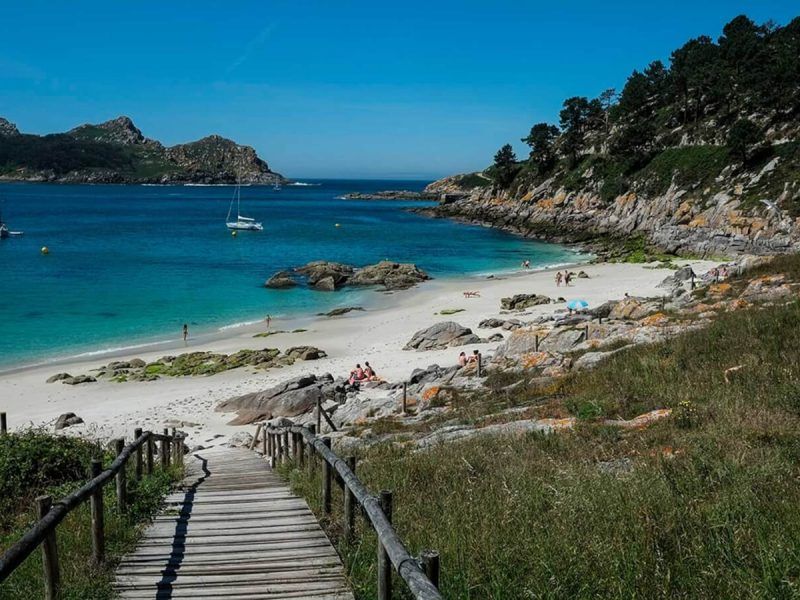
Embracing the Journey on the Camino Portuguese
As you venture along the Camino Portuguese, whether inland or along the coast, you embark on a journey that is much more than a pilgrimage. It’s an exploration of history, culture, and natural beauty that transcends borders. Each step on this path brings new discoveries, from the majestic cathedrals and historic monuments to the tranquil beauty of the coastal vistas and serene countryside.
It’s not just a route; it’s a transformative experience that offers insights into the rich heritage and vibrant life of Portugal and Spain. Whether you seek spiritual solace, cultural enrichment, or just the simple joy of a journey well-traveled, this Camino offers something for everyone. It invites you to slow down, savor each moment, and connect deeply with the land and its people.
As you conclude your journey in Santiago de Compostela, you’ll carry with you not just the memories of the places you’ve seen but also the essence of the Camino – a sense of accomplishment, community, and a deeper understanding of the world. The Camino Portuguese is more than a path to a destination; it’s a gateway to a richer, more fulfilling way of experiencing life. Whether you walk for spiritual reasons, for the love of nature, or the lure of adventure, the Camino awaits to offer you its myriad treasures. Buen Camino!
What is the main difference between the Central, Coastal, and Spiritual variants of the Camino Portuguese?
The Central Route is the most traditional and widely walked, passing through historic inland towns such as Ponte de Lima, Tui, and Pontevedra. The Coastal Route follows the Atlantic shoreline, offering sea views, fishing villages, and a milder gradient. The Spiritual Variant combines inland walking with a unique sea pilgrimage that recreates the legendary journey of St. James’ remains. Each option offers a distinct atmosphere, so your choice depends on whether you prefer cultural cities, ocean scenery, or a more contemplative maritime experience.
How challenging is the terrain on the Camino Portuguese compared to other Camino routes?
The Camino Portuguese is known for having a medium to low difficulty level, especially compared to the mountainous Camino Primitivo or the steep coastal climbs of the Camino del Norte. The terrain includes cobblestone lanes, rural paths, vineyards, and gentle hills, with a few steeper sections near Ponte de Lima or Redondela. Most pilgrims with normal fitness find it accessible and rewarding.
What cultural differences can pilgrims expect when crossing from Portugal into Spain?
The transition between the two countries is part of the charm of the Camino Portuguese. In Portugal, pilgrims encounter azulejo-tiled churches, pastelarias serving Pastéis de Nata, and warm hospitality rooted in local village life. Crossing into Spain, the atmosphere shifts to Galician traditions—pulpo, stone villages, medieval bridges, and the distinctive sound of Galician bagpipes. The Camino allows pilgrims to experience two cultures seamlessly within a single journey.



Comment (0)